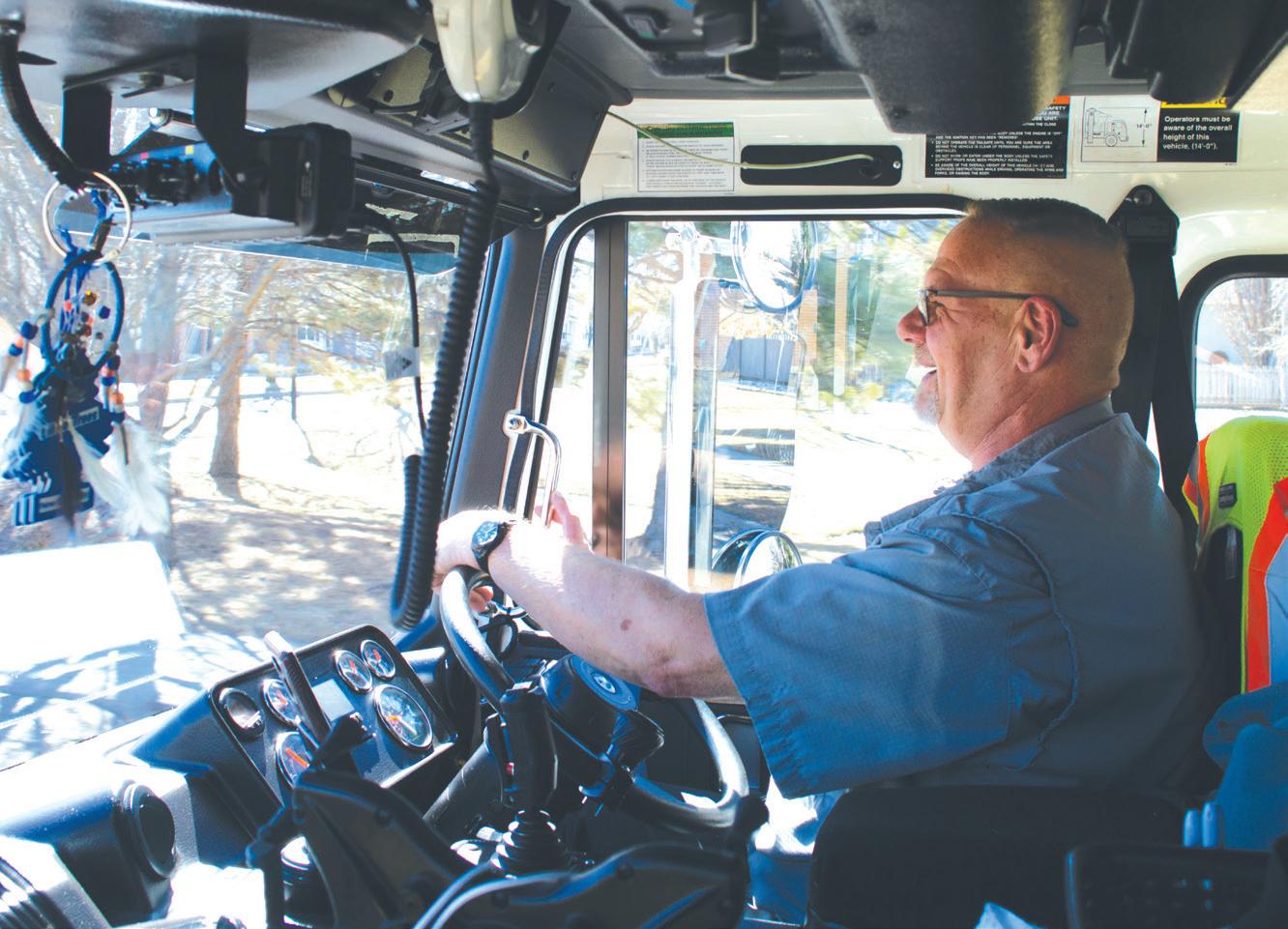
2 minute read
THE ZEN OF DRIP
STORY AND PHOTOS BY JOHN LEHNDORFF
Ihave to confess something kind of embarrassing. I’m a skilled cook, a food expert, a former dining critic and culinary radio host. You would think I could make a decent cup of coffee since I get to practice almost every morning. Yet, despite grinding quality beans fresh for every pot, my drip coffee ends up too weak, too muddy or with grounds floating in it.
After another miffed morning, I called on one of Boulder’s most notable coffee nerds, Justin Hoffman. Usually, coffee lovers quiz the founder and owner of Ozo Coffee about espresso technique or the latest and greatest pour over device. He was intrigued because I wanted help with the device that most people use in their home kitchens: a standard drip coffee maker. (We shall not speak of the great environmental devil using those little plastic coffee capsules.)
Hoffman invited me over for a little tutoring in the coffee training lab at Ozo’s Boulder roastery. I brought my coffee maker, filter and grinder to find out what I was doing wrong … and right.

Hoffman broke down the critical factors that make or break a pot of coffee.
A clean machine: When was the last time you cleaned your maker?
Remember: Cleanliness is next to tastiness, according to Hoffman. Never use soap, which can leave a residue, but rather diluted white vinegar or a special coffee maker-cleaning solution. Be sure to run a couple of pots of water through it afterwards to rinse it out.
In hot water: The water in your brewer should pour over the grounds at 195 to 205 degrees Fahrenheit. My maker tested at the right temperature and chances are yours is also correct. However, if you have an older drip maker, it is worth testing to assure the water is hot enough to brew properly.


No nuking: Hoffman is not in favor of microwaving coffee. He recommends brewing the coffee into a preheated (with hot water) insulated carafe and then into a preheated mug.
Blade versus burr: Buying preground coffee absolutely guarantees you will get less flavor and bang for your coffee buck. Even in a sealed bag the flavor starts deteriorating, Hoffman says. It only takes seconds to grind it fresh.

“Start with a blade grinder,” Hoffman says. “One thing that helps is to shake the grinder as it works to get a more uniform grind. The next step up is a gravity-fed burr grinder, which is much more precise. That’s one of the best things you can do to make better coffee at home.”
He made his point by brewing two batches of coffee, one using my blade grinder and one using his burr grinder. Tasted side by side, the burr batch was substantially more flavorful than my blade brew.
“Ultimately, you want a uniform grind,” he says. “If your coffee tastes a little weak, your grind is probably a little rough. If it tastes ashy or muddy, the grind may be too fine.”
Don’t overstock beans: When you pick up freshly roasted beans, don’t buy more than you can use fairly soon. “We like to keep beans 20 or 30 days after roasting — that’s optimal for flavor,” Hoffman says.

Whatever you do, don’t refrigerate or freeze coffee beans. “They need to be sealed tightly in a dark, dry spot,” he says. “A Mason jar with a tight top is ideal. Exposure to air is what you want to avoid.”
Get filtered: I’ve been using permanent plastic or metal coffee filters for a while to cut down on paper waste, but Hoffman insists paper filters can be useful. “Using paper filters does cut down on the smaller particles and remove some of the oil in the beans,” he explains. “Some people say that it makes it easier to taste the nuances in the coffee.”
While looking at my filter he discovered a hole, which explained the grounds in my morning brew. I bought a new filter on the way home.
Water with flavor: Clean water necessarily makes better tasting coffee, but not too clean. Hoffman recom-










